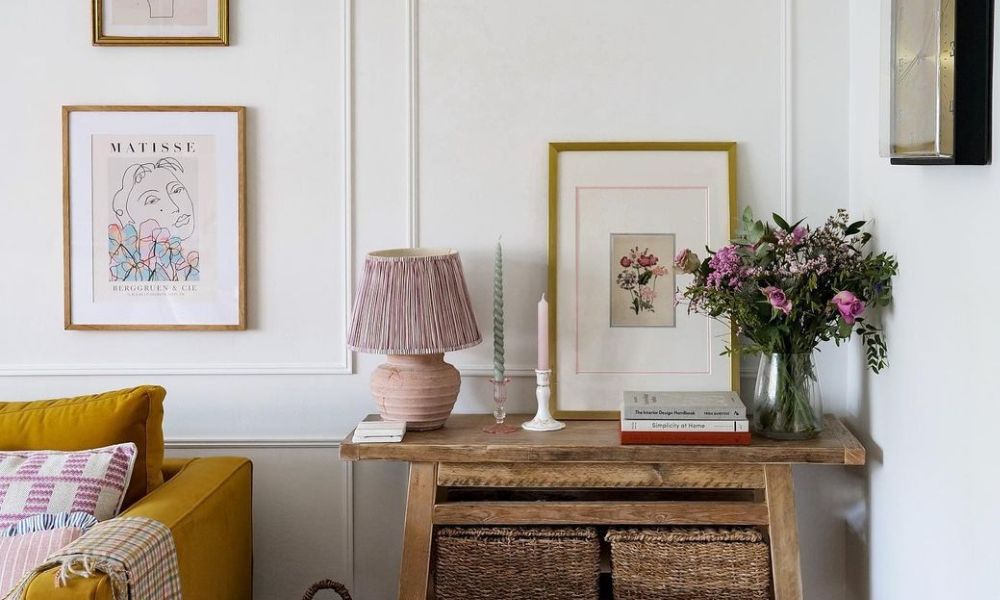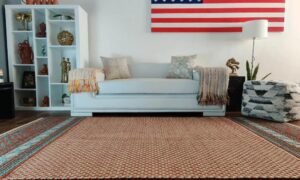
Choosing the Right Thickness of MDF for Wall Panelling
With regards to including a hint of beauty and fashion in indoor spaces, MDF (Medium Density Fibreboard) panelling has become a famous preference. Now not only is it flexible, but it additionally gives a fee-powerful manner to decorate the aesthetics of your house. One critical issue of MDF panelling is determining the precise thickness, as it can affect each visible enchantment and the overall sturdiness of the panels.
Understanding MDF Panelling Thickness
The thickness of MDF panels for wall panelling can substantially affect the cease result. It’s critical to strike a balance between the preferred aesthetic outcome and the structural integrity of the panels. Typically, MDF panels for wall panelling are available in thicknesses starting from 1/4 inch to 3/4 inch, with each thickness serving unique purposes.
1. 1/4 Inch MDF Panels: Subtle Elegance
For owners looking for a diffused and understated appearance, 1/4-inch MDF panels are an awesome desire. Those panels are ideal for growing a refined and minimalist look on your partitions. They’re especially appropriate for accent walls or areas where you need to feature a touch of texture without overwhelming the gap. However, it is worth noting that 25mm mdf sheet might require extra care all through installation to prevent warping.
2. 1/2 Inch MDF Panels: The Versatile Option
The half of-inch thickness is a versatile preference that moves stability between aesthetics and durability. These panels offer extra substance than the 1/four-inch variety, making them appropriate for large wall sections. They could manage intricate designs, together with beadboard or raised panel patterns, without acting too cumbersome. The introduced thickness additionally offers higher insulation and soundproofing houses compared to thinner panels.
3. 3/4 Inch MDF Panels: Durability and Presence
In case you’re aiming for a bold and big look, 3/4-inch MDF panels are the manner to go. Those panels convey a sense of presence on your interior, making them ideal for creating a statement wall or masking large regions with a captivating layout. Their thickness not simplest complements the visible impact but additionally adds structural balance to the panels, decreasing the danger of warping or harm through the years.
Considerations for Installation
Whilst selecting the thickness of MDF panels for wall panelling, it is crucial to recollect the existing décor and architectural features of your area. Thinner panels may be simpler to work with and may require less change to door frames and moldings. However, thicker panels call for more tremendous installation techniques and can affect the general dimensions of the room.
FAQs
What is the difference between thin and thick MDF panels?
Ans. Thinner MDF panels (1/4 inch) are often used for backing or decorative purposes, such as the back of cabinets or to create decorative wall panels. Thicker MDF panels (3/4 inch) are used for furniture pieces and structures where more strength and stability are required.
Can MDF thickness affect the final product’s weight?
Ans. Yes, the thickness of MDF can affect the weight of the final product. Thicker MDF panels are denser and therefore heavier, which can impact the overall weight of furniture or structures built with them.


